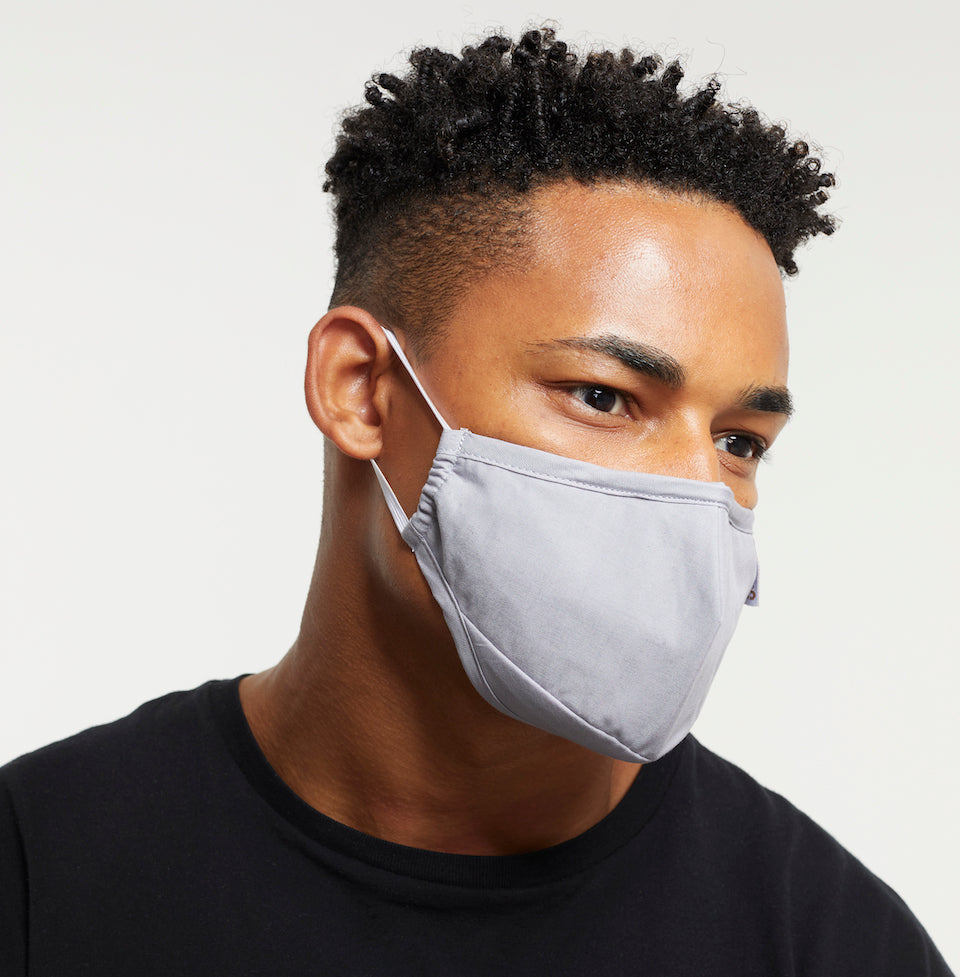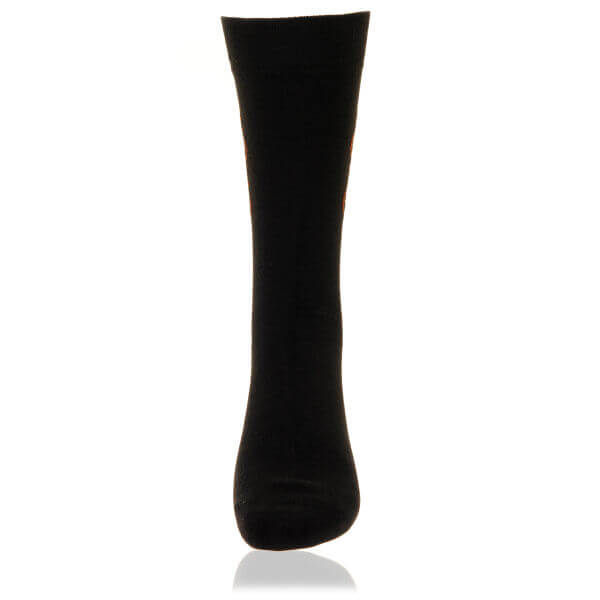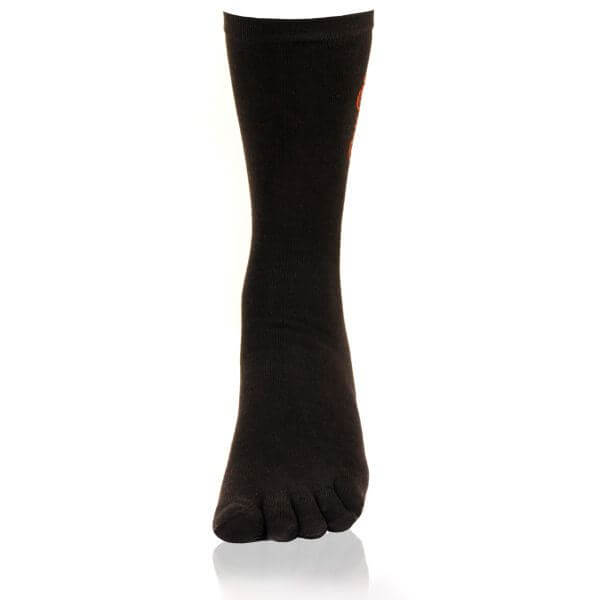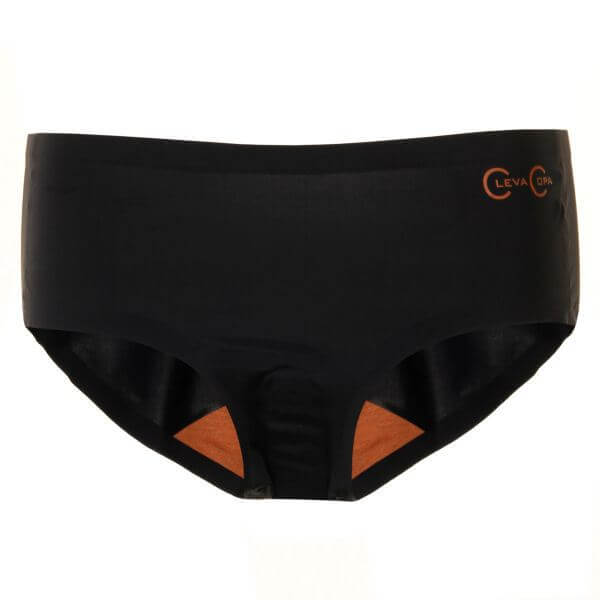Do Compression Socks Help With Calf Pain
Published
February 19 2021
When your arches are hurting and your legs are sore, you want immediate relief. Don't ignore tight calf muscles. They're likely telling you something.
Calf strains are usually a result of overworked, fatigue, or inappropriate use of the muscle. For instance, if you are beginning a new exercise regimen or doing exercises that heavily involve the legs, such as biking, running, swimming, or powerlifting, it can strain your calf muscle. At such times, copper-infused compression socks are the best solution for your strained calf muscles. Copper Compression socks are designed to ease blood circulation in the veins of the legs. They also help prevent blood build-up in the area.
What is calf strain?
A calf strain is a common injury and is mostly caused by putting excess force or overstretching any of the nine calf muscles at the lower leg's back. The muscle fibers are stretched, refuted, and weakened, resulting in bleeding into the muscles. The strain can happen suddenly or develop slowly over time. Walking, climbing stairs or running can be painful, difficult, or impossible with a calf strain.
What are the symptoms of calf strain?
The symptoms vary depending on the severity of the strain, but most people experience sharp, sudden pain and tenderness in the calf muscles. A snap or tear in the forces may be felt. A throbbing pain at rest, with sharp stabs of pain when you try to stand or walk and the calf muscles may feel tight, tender, or weak. Furthermore, the calf may swell, and it might get challenging to rise onto the toes. Bruising usually occurs within a day or two of the injury.
Do compression socks help calf strain?
Although compression socks cannot cure your calf strain, they can significantly help reduce and alleviate pain and help further prevent calf injuries. Copper-infused compression socks can reduce calf pain and swelling, prevent damage, and treat the issues that are causing calf pain. These socks are great for blood circulation and increase blood flow to the muscles, which results in oxygenation. The process helps faster recovery in case of an injury. An ample supply of oxygen also reduces pain not just to the calf but to the entire body.

Copper-Infused Compression Socks are Worth Considering.
SHOP NOWHow to treat a calf strain?
When to consult a doctor?Once a pulled calf muscle is diagnosed, you may follow the below-listed home treatments for relief:
-
Cold compression
Wrap an ice pack in a soft cloth and place it on your calf for 10 minutes to reduce swelling.
-
Heat pads
Make sure the head pad setting is on low and avoid using the heat pad immediately after the strain.
-
Leg wraps
Leg wraps help increase mobility and reduce swelling. Take ample rest and keep the leg raised for extra relief.
-
Over-the-counter pain medications
An over-the-counter, nonsteroidal anti-inflammatory drug can help reduce swelling and pain.
Tips to prevent calf pain
Stretching and reclining calf muscles regularly may be your best bet for keeping them relaxed, loose, and pain-free. Here are a few other things you can do to prevent tight muscles:
-
Warm-up before stretching and other exercises.
-
Check out your shoes
-
Wear copper compression socks
-
Engage in regular physical therapy or massage therapy
-
Stay hydrated
Wearing Copper-infused Compression Socks can help make your injury feel better as you are recovering. They also help prevent a new injury from coming on. Copper compression socks enhance care and comfort and merge the benefits of controlled compression along with the anti-microbial properties of copper. Thus, making them a practical solution for calf strains.
When to consult a doctor?
If your symptoms don't improve within the first few days, you might have a more severe calf injury, which will need you to see a doctor. Your doctor will also look for signs of bruising or swelling. More severe cases may require physiotherapy or even surgery. Your doctor may also prescribe stronger pain medications to be taken temporarily until the stain heals.
Also Read: How Compression Gear Helps You Get Most Out of Your Training
































